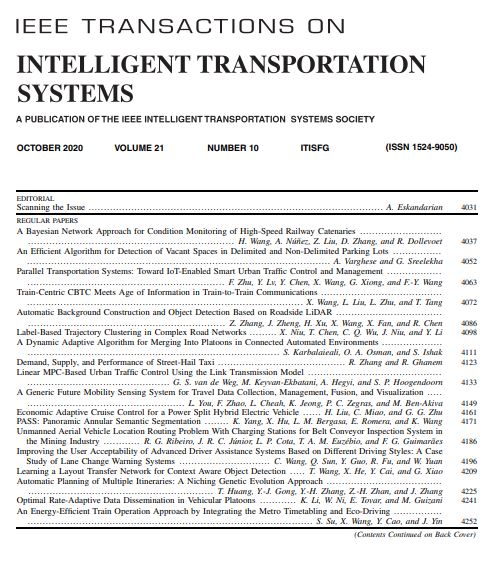Research paper is accepted by IEEE Transactions on Intelligent Transportation Systems.
Title: Bayesian Deep Learning for Aircraft Hard Landing Safety Assessment
Abstract:
Landing is generally cited as one of the riskiest phases of a flight, as indicated by the much higher accident rate than other flight phases. In this paper, we focus on the hard landing problem (which is defined as the touchdown vertical speed exceeding a predefined threshold), and build a probabilistic predictive model to forecast the aircraft’s vertical speed at touchdown, using DASHlink data. Previous work has treated hard landing as a classification problem, where the vertical speed is represented as a categorical variable based on a predefined threshold. In this paper, we build a machine learning model to numerically predict the touchdown vertical speed during aircraft landing. Probabilistic forecasting is used to quantify the uncertainty in model prediction, which in turn supports risk-informed decision-making. A Bayesian neural network approach is leveraged to construct the predictive model. The overall methodology consists of five steps. First, a clustering method based on the minimum separation between different airports is developed to identify flights in the dataset that landed at the same airport. Secondly, identifying the touchdown point itself is not straightforward; in this paper, it is determined by comparing the vertical speed distributions derived from different candidate touchdown indicators. Thirdly, a forward and backward filtering (filtfilt) approach is used to smooth the data without introducing phase lag. Next, a minimal-redundancy-maximal-relevance (mRMR) analysis is used to reduce the dimensionality of input variables. Finally, a Bayesian recurrent neural network is trained to predict the touchdown vertical speed and quantify the uncertainty in the prediction. The model is validated using several flights in the test dataset, and computational results demonstrate the satisfactory performance of the proposed approach.




